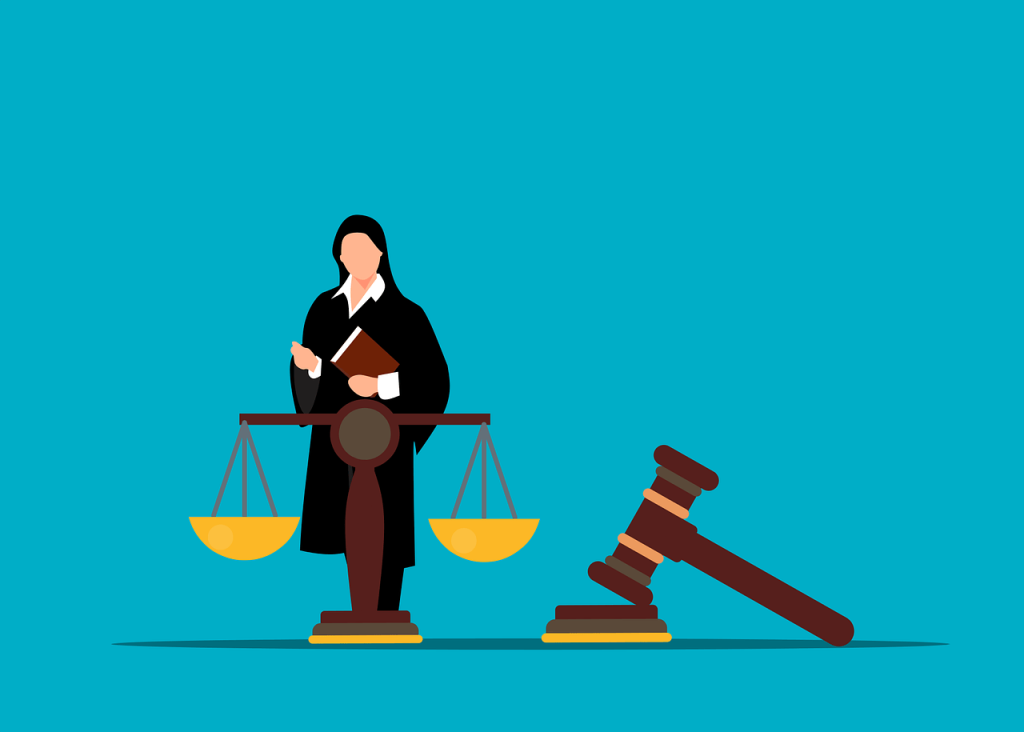For nearly all employers, dealing with workplace grievances is an inevitability- one they must learn to deal with fairly via an effective grievance procedure to ensure the organisation is not negatively impacted by any internal skirmishes. Learning how to tackle grievances in all their different forms is also essential to building strong and enduring relationships with your workers, preserving a strong employee culture and maintaining the productivity and efficiency of the company’s operations.
By definition, a grievance is a formal complaint or concern raised by an employee towards an employer in their workplace. Grievances can arise from a range of different issues, from contract breaches, pay inconsistencies, and organisational changes to workplace bullying, harassment and discrimination. Keeping in mind that grievances can take shape in a multitude of ways is important – they will not always be made formally in writing and titled ‘workplace grievance’. This is a label used to distinguish them in discussion but can refer to any work-related issue raised by an employee for which they express dissatisfaction.
The formal grievance procedure is put into place in organisations to address any disputes or complaints between employees and employers. They are a necessary addition to the policies and procedures of a workplace as they allow grievances to be navigated in an unbiased and judicious manner whilst also providing an avenue through which employees can comfortably speak up without fear of repercussions. Ultimately, the formal grievance procedure is necessary to establish a healthy workplace, one where employees are able to voice their opinions about matters that impact their experience in the company and their right to feel safe and secure at work.
This article will help you make sure that your approach to settling grievances ticks all the right boxes by exploring the key components of the formal grievance procedure, their complexities and the ways in which they can be adapted to suit your employees and organisational needs.
The 6 steps of the grievance procedure
Like most workplace policies and procedures, there is no one right way of putting together the ideal grievance procedure – what you choose to include or exclude will be based on how your business operates and what works best for your employees. One thing to keep in mind is that the time it takes to go through the complete grievance procedure is heavily dependent on the situation at hand – it can take anywhere from a matter of hours to a number of months if the situation is particularly serious. For this reason, it’s helpful to make the process as simple and clear as possible to minimise any unnecessary delays.
The following steps make up the six basic components of the grievance procedure.
1. A written complaint
For the grievance procedure to begin, a formal written complaint must be received via the completion of a stipulated form, email or another internal communication tool used within the workplace. In contrast to general complaints, it is necessary for a workplace grievance to be written out in some form as this signifies the start of the formal grievance procedure and serves as important documentation for the process.
Whilst the grievance can start off as a verbal complaint, it must eventually become a written one for it to be considered a formal grievance. The written document or form should be as detailed as possible in order for relevant authorities to be able to decide upon the best course of action.
2. Workplace investigation
Once the grievance procedure is initiated through the written complaint, a formal workplace investigation can begin. The steps taken will depend on the nature of the complaint and your organisation’s approach to internal investigations. If the issue is minor (e.g. dealing with employee time cards or data logging issues), the matter can be resolved in mere hours.
However, if the grievance pertains to more serious issues, such as harassment, discrimination or bullying, the investigation can extend into weeks and require additional time and resources to ensure that everyone’s perspectives are taken into consideration and considered seriously. If the complaint involved individuals with significant authority or input in the organisation’s operations, it may also be helpful to include external parties in the investigation to reduce the risk of bias.
3. Investigation outcome
Once all the evidence has been thoroughly examined, investigative interviews completed and company policies consulted, the investigative team works to reach a conclusion. It’s important to note that the decisions they make may not be what is expected or desired by the complainant even if the investigation has concluded in their favour. In simple matters, the conclusion can be as straightforward as an employee’s timesheet being edited for accuracy purposes. However, when a complaint deals with more serious issues such as those relating to workplace relationships, they can quickly become far more complex.
Human behaviour is not always easy to label as solely good or bad which means investigators may have trouble deciding who was in the wrong and who needs to be disciplined. For example, if an employee’s grievance cites bullying as the cause but they themselves have engaged in similar behaviour, they too may be disciplined in some way despite being the one to file the grievance.

4. Mediation
Upon reaching this stage of the grievance procedure, the official mediation process can be utilised to help resolve the situation. The alternative dispute resolution (ADR) process of mediation offers a confidential, informal setting for employees and employers to discuss issues and come to mutually beneficial solutions. It gives the parties the power to decide how the disagreement will play out and to design a resolution that takes into account their individual wants and interests.
Additionally, mediation encourages improved communication between workers and employers, fostering a more beneficial working environment. The conversations and resolution of the mediation are also confidential, and neither can be used as evidence in any subsequent judicial procedures. Due to this, discussions between the parties can be honest and transparent without concern for one party’s stance being prejudiced.
5. Disciplinary Action
To assess if disciplinary action is required, the employer will first consider all available facts, including the nature and seriousness of the problem, any prior incidences involving the same employee(s), and any extenuating circumstances. If deemed necessary, the employer will then normally adhere to the formal disciplinary process for their organisation. The consequences for an employee can be as simple as having to make an apology or potentially result in an official warning, suspension or the termination of an employee’s contract.
The specifics of the disciplinary action will depend on the facts of the situation, but it must always be appropriate given the type and seriousness of the problem. Keep in mind that employers must make decisions about disciplinary actions fairly, consistently, and according to due process to reduce the possibility of future legal issues.
6. Outcome implementation
The outcomes of the workplace grievance procedure, along with any necessary disciplinary procedures, are implemented at its conclusion. All involved parties should be informed of the conclusion of the grievance process and any changes or rulings that will impact them as soon as practical. The employee has the right to take the matter forward legally if they are not satisfied and their contract does not prohibit it (some contracts provide that mediation must be the final authority of the dispute). If the employee(s) are satisfied with the decisions, any suggested changes can start to see implementation as soon as possible.
To guarantee that the interests of all parties involved are taken into account, workplace grievances must be handled with care and sincerity. Employers have a responsibility to address disputes in a timely, efficient, and just manner. Using Polonious’ management tools, you can monitor a grievance workflow from start to finish, making sure that all crucial details are covered and that everything is thoroughly audited in case the case ends up in court.
Adopting a workplace grievance procedure helps to make sure that this is achievable and that employees have a channel through which they may safely communicate their discontent with a workplace decision, event, or relationship.
How useful was this post?
Click on a star to rate it!
Average rating 0 / 5. Vote count: 0
No votes so far! Be the first to rate this post.
Let's Get Started
Interested in learning more about how Polonious can help?
Get a free consultation or demo with one of our experts




